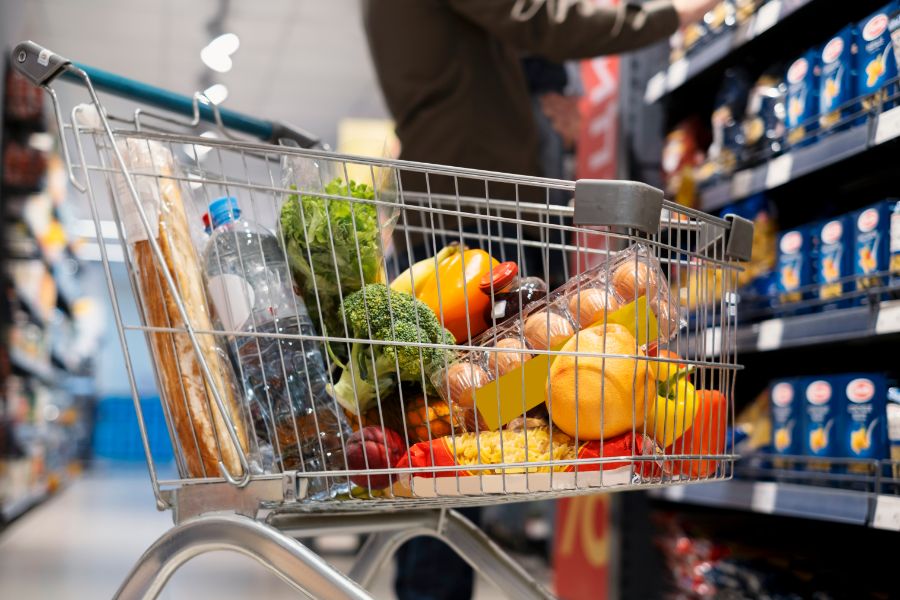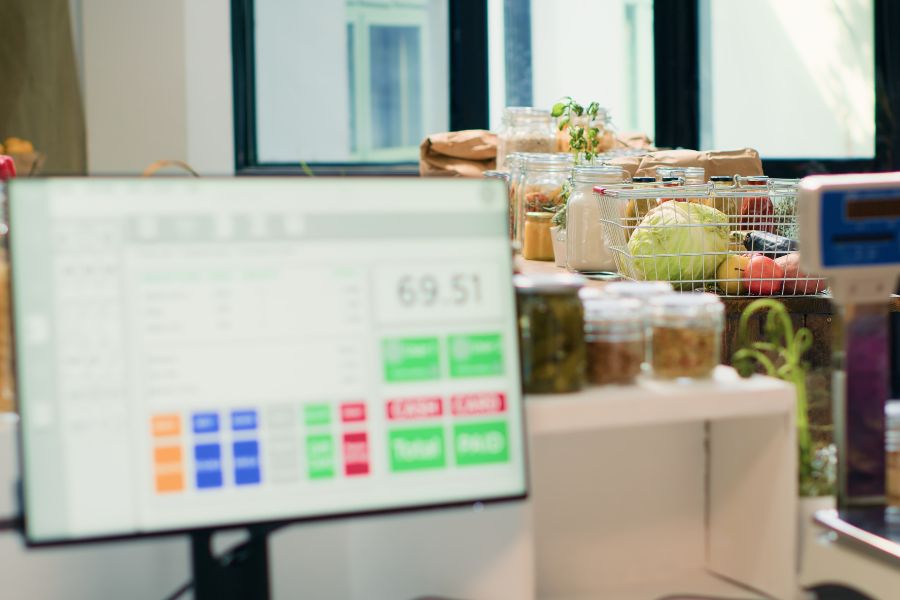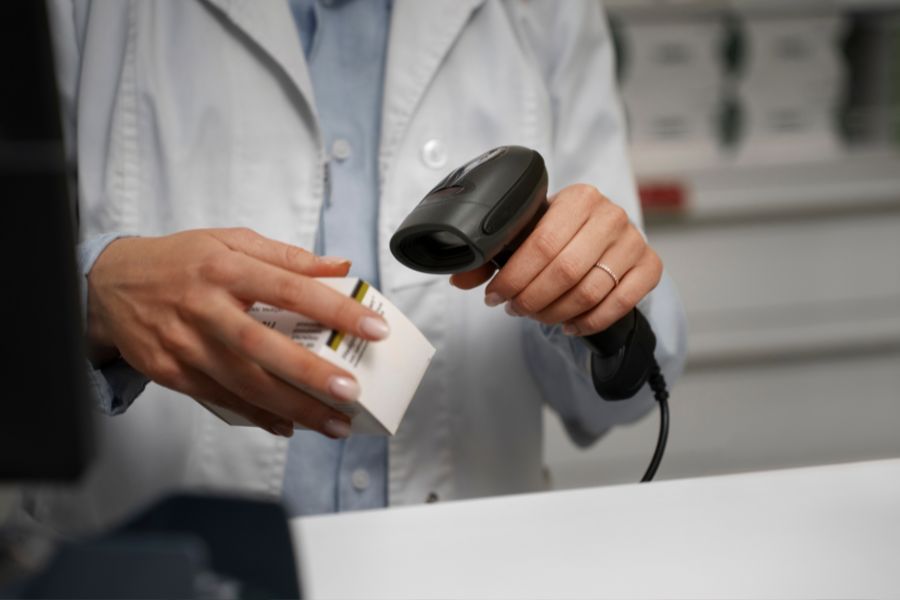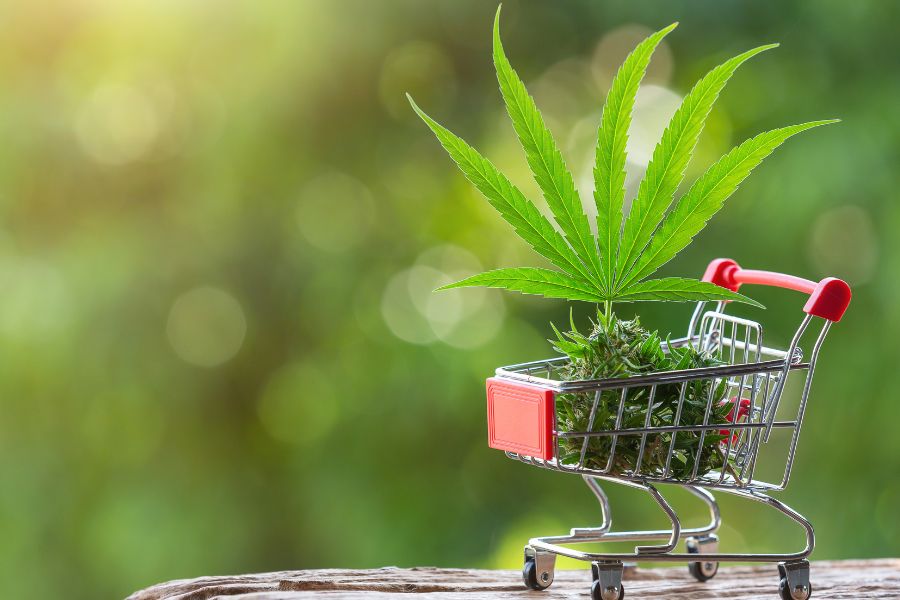In the dynamic landscape of grocery retail, choosing the right point of sale (POS) system is paramount. The success of a grocery store hinges on seamless transactions, efficient inventory management, and customer satisfaction. As experts scrutinize the market, identifying the best POS system for grocery store becomes pivotal. This exploration delves into the key features, comparisons, and insights to guide you in making an informed decision for your grocery business.
Exploring the best POS system for grocery store and their unique requirements
In the dynamic world of grocery retail, the choice of a point of sale (POS) system is paramount for ensuring the seamless functioning of operations. Grocery store POS sess unique requirements that demand a specialized POS solution to address their intricate needs.
Grocery stores are distinct entities within the retail landscape, dealing with a diverse range of products that span from fresh produce to packaged goods. The best POS system for grocery store goes beyond standard retail solutions, offering features tailored to the specific demands of this industry.
Exploring the best POS systems involves understanding the intricate nuances of the industry. Each grocery store is unique in its offerings, customer base, and operational intricacies. Therefore, a tailored exploration of POS solutions becomes essential to identify the one that aligns perfectly with the store’s requirements.
Specialized grocery POS systems not only optimize inventory control through features like automated stock alerts, customizable barcodes, and seamless supplier integration but also elevate customer engagement. Tailored promotions, loyalty programs, and customer-facing features contribute to a more engaging shopping experience, fostering customer loyalty. Moreover, these systems enhance operational efficiency in grocery stores by incorporating features like scale and scanner connections, online grocery sales, and self-checkout options. This comprehensive approach ensures that operations are not only streamlined but also customer-friendly, creating a seamless and efficient retail environment.
Key features to consider
To ensure a seamless shopping experience and streamlined operations, consider the following key features when evaluating POS software and hardware.
POS software
- Inventory management: embrace a robust inventory management system tailored for the diverse range of products in a grocery store. Ensure real-time tracking, automated restocking alerts, and seamless synchronization between in-store and online inventory, preventing stockouts and optimizing product availability.
- Promotions and loyalty programs: elevate customer engagement with targeted promotions and loyalty programs. Implement strategies to reward customer loyalty through personalized discounts and special offers, fostering lasting relationships and boosting sales.
- Staff management: empower your workforce with advanced staff management tools. Efficiently schedule shifts, monitor performance, and manage user permissions, promoting a productive and organized work environment.
- Mobile payment and credit card processing: stay ahead of payment trends by incorporating mobile payment options and secure credit card processing. Provide customers with the convenience of modern payment methods, ensuring smooth and secure transactions.
POS Hardware
- Barcode scanners: enhance the checkout experience with high-performance barcode scanners. Streamline the transaction process with quick and accurate item scanning, reducing waiting times and improving overall customer satisfaction.
- Cash drawers: secure financial transactions with reliable cash drawers. Ensure the safety of cash handling, maintaining accurate financial records, and reinforcing the trust of both customers and staff.
- Receipt printers: present professionalism through clear and detailed transaction records with top-notch receipt printers. Elevate the customer experience by providing well-presented and informative receipts.
- Credit card readers: enable seamless and secure credit card transactions with dependable credit card readers. Enhance the efficiency of payment processing, meeting the expectations of modern shoppers and contributing to a positive shopping experience.
Comparing POS systems
In the dynamic landscape of grocery retail, selecting the right point of sale (POS) system is crucial for optimizing operations. Let’s delve into a comparative analysis of prominent POS systems for grocery stores.
ConnectPOS
- Tailored grocery store focus: Distinguished by its precision in addressing the unique demands of grocery stores, ConnectPOS stands out as a purpose-built solution for this industry. ConnectPOS keeps its POS software up-to-date with the latest technology trends. With 24/7 customer support, users have access to assistance whenever needed. The online knowledge base provides quick answers to queries, ensuring uninterrupted operations.
- Automated stock control: Grocery stores deal with diverse inventory, from canned goods to fresh produce. ConnectPOS streamlines stock management by issuing automatic alerts for low stock levels. It simplifies the process of creating purchase orders, ensuring you never miss a selling opportunity.
- Omnichannel prowess: Seamlessly unifying online shopping with in-store experiences, ConnectPOS introduces a cohesive omnichannel approach, allowing customers the ease of online orders and in-store pickups, enriching their shopping journey.
- AI facial recognition: Harnessing the power of AI facial recognition, ConnectPOS empowers sales staff with instant access to customer information and purchase history, paving the way for personalized recommendations and interactions.
- Enhanced customer app experience: With a dedicated customer app delivering product updates and discounts, ConnectPOS ensures a gratifying experience. Its self-checkout feature reduces queue times, enhancing overall customer satisfaction.
- Seamless integration with third-party apps: ConnectPOS ensures compatibility with various popular accounting, e-commerce, and analytics software. This allows you to synchronize data across multiple platforms, optimizing the performance of your POS system.
Lightspeed retail POS
- Cloud-centric architecture: Embracing a cloud-based paradigm, Lightspeed retail POS extends accessibility and scalability, catering to the dynamic needs of diverse retail enterprises.
- Robust inventory oversight: Renowned for its robust inventory management capabilities, the POS empowers businesses to wield precise control and tracking over their extensive inventory.
- E-commerce integration mastery: Seamlessly integrating with e-commerce platforms, Lightspeed ensures a comprehensive solution, especially beneficial for businesses operating both physical and online storefronts.
- Multi-channel retailing: Facilitating multi-channel retailing, lightspeed creates a unified retail ecosystem, connecting various sales channels and enhancing market presence.
- Real-time data access: Offering real-time access to critical data—sales figures, inventory levels, and customer insights—Lightspeed aids informed decision-making for retail operators.
- Unified operations hub: Ensuring cohesion between in-store and online operations, Lightspeed retail POS offers a unified platform for holistic retail management.
Shopify POS
- User-centric e-commerce platform: Renowned for its user-friendly e-commerce platform, Shopify provides a seamless online store creation and management experience, catering primarily to small businesses.
- 24/7 support and analytical insight: With 24/7 support and actionable analytics, Shopify ensures continuous assistance for business challenges and offers detailed insights into sales, orders, and marketing strategies.
- Payment processing versatility: Supporting various payment processing options, including credit cards and cash, Shopify offers versatility in transactional methods for businesses.
- Online store construction: Featuring a free subscription plan with an online store builder and customizable templates, Shopify addresses the needs of small businesses entering the digital retail landscape.
- Scalability considerations: While Shopify supports scalability, businesses must carefully consider transaction fees, particularly for premium features or apps, as part of the overall cost structure.
Revel POS
- Cloud-centric operational approach: Operating on a cloud-based foundation, Revel Systems facilitates customizable customer-facing displays, online ordering, and self-order kiosks, catering not only to grocery stores but also to diverse industries.
- Hardware harmony: Offering an array of hardware options for customer-facing displays and kiosks, Revel POS enhances the overall POS experience with its seamless hardware integrations.
- Customizable reports repository: Customizable reports are syncable across multiple locations distinguishing Revel POS, and providing a comprehensive view of business operations with tailored insights.
- Offline payment assurance: Assuring business continuity, Revel POS supports an offline payments mode, ensuring seamless operations even in the absence of a stable internet connection.
- Versatility across industries: While popular among grocery stores, Revel’s versatility extends to restaurants with multiple locations, showcasing its adaptability to varying business landscapes.
- Group/combo sales and redemptions: A rich feature set, including group/combo sales, cash drawer management, and support for redemptions.
EPOS now
- Holistic package offering: EPOS now presents a comprehensive package, encompassing user-friendly POS software complemented by essential hardware components for seamless integration.
- Automated stock mastery: Automating stock control, ePOS now introduces alerts for low inventory and simplifies purchase order creation, addressing one of the critical challenges in grocery operations.
- Third-party integration expertise: Compatibility with a range of third-party apps for accounting, e-commerce, and loyalty programs showcases ePOS now’s commitment to flexibility and customization.
- POS software evolution: Constant evolution through regular POS software updates aligns ePOS now with the latest technological trends, ensuring a modern and efficient system for businesses.
- Security fortifications: Prioritizing data security, ePOS now leverages a cloud-based system with advanced encryption and customizable permission levels, fortifying business data against potential threats.
- Pricing flexibility: Addressing concerns related to food waste, ePOS now aids in accurate pricing, speeding up transactions, and enhancing the overall profitability of grocery stores.
Guide to choosing the right POS system
Choosing the right point of sale (POS) system is a crucial decision for any business, and for grocery stores, it becomes even more significant due to their unique requirements. Here’s a comprehensive guide to help you navigate through the process and make an informed decision.
Understanding the store’s business needs
- Evaluate current operations: Assess the size and scale of your grocery store. Identify specific operational challenges that a POS system can address. Consider the volume of transactions and customer traffic.
- Determine specific features: Define the features required for your grocery store. For example, robust inventory management, promotions, staff management, and integration capabilities. Tailor your choice based on the types of products you sell (perishable, non-perishable, etc.).
- Consider future growth: Choose a POS system that can scale with your business. Anticipate future needs and ensure the selected system can accommodate growth.
Determining the budget
- Evaluate total costs: Consider upfront costs for both hardware and software. Account for any additional features that may incur extra charges. Evaluate ongoing expenses, including maintenance fees and support costs.
- Distinguish between needs and wants: Prioritize essential features within your budget constraints. Avoid unnecessary expenses that might not directly contribute to your grocery store’s efficiency.
- Explore financing options: Check if the POS system provider offers flexible financing options. Assess the feasibility of monthly payments to manage cash flow effectively.
Evaluating and comparing features
- Research POS systems: Explore different POS systems available in the market. Consider systems specifically designed for grocery stores.
- Compare key features: Evaluate each system’s inventory management capabilities. Assess features like promotions, loyalty programs, and staff management tools. Look for seamless integration options with other business applications.
- Consider a user-friendly interface: Opt for a system with an intuitive and user-friendly interface. Ensure that your staff can quickly adapt to the new POS system.
Considering support and reviews
- Guarantee customer support quality: Prioritize POS providers offering reliable customer support. Check if they provide 24/7 assistance and accessible online resources.
- Read customer reviews: Research online reviews from businesses in your industry. Look for feedback on customer service responsiveness and issue resolution.
- Ask for references: Reach out to other grocery store owners who have implemented the POS systems you’re considering. Inquire about their experiences and any challenges faced during implementation.
- Explore service contracts: Understand the terms of service contracts and warranties. Ensure clarity on the duration and coverage of support services.
Frequently asked questions (FAQs) about POS systems for grocery store
How does a POS system contribute to staff management in a grocery store?
POS systems assist in staff management by providing tools for monitoring sales performance, setting permission levels, and facilitating employee sign-ins. This helps grocery store owners optimize staff efficiency and track individual contributions.
Is it important for a grocery POS system to support mobile payment and credit card processing?
Yes, supporting mobile payment and credit card processing is essential for grocery stores. It caters to the evolving preferences of customers and ensures a seamless checkout experience, contributing to customer satisfaction.
How does ConnectPOS differ from other POS systems for grocery stores?
ConnectPOS stands out with its tailored solutions, including automated stock control, seamless integration with third-party apps, and support for advanced loyalty programs. Its constant software updates, security measures, and transparent pricing contribute to its uniqueness.
What considerations should grocery store owners keep in mind when choosing a POS system?
When choosing a POS system, grocery store owners should understand their business needs, determine their budget, evaluate and compare features, and consider factors like customer support and reviews. This ensures a well-informed decision.
How can a grocery store benefit from the omnichannel capabilities of a POS system?
Omnichannel capabilities enable grocery stores to integrate online shopping and in-store pickup, providing customers with a unified shopping experience. This feature caters to the diverse preferences of modern shoppers.
Conclusion
In the realm of grocery retail, selecting the best POS system for grocery store is a strategic imperative. Evaluated by experts, the featured systems, including ConnectPOS, promise unparalleled efficiency, inventory control, and customer satisfaction. As you embark on this transformative journey, armed with insights into inventory, promotions, and staff management, success is within reach. For further details and personalized assistance, don’t hesitate to contact us. Your seamless retail experience begins with the right POS choice.
ConnectPOS is a all-in-one point of sale solution tailored to meet your eCommerce POS needs, streamline business operations, boost sales, and enhance customer experience in diverse industries. We offer custom POS with features, pricing, and plans to suit your unique business requirements.




